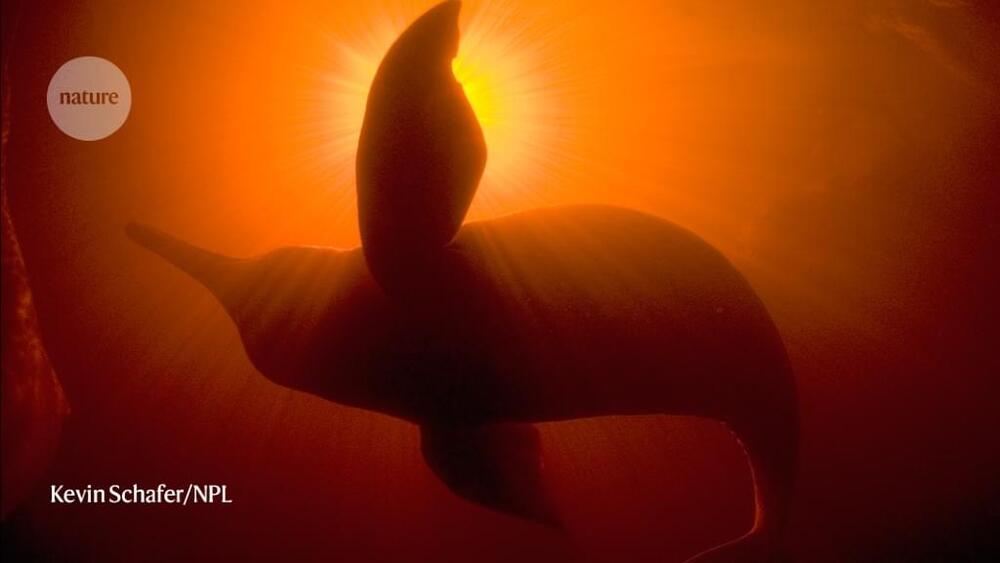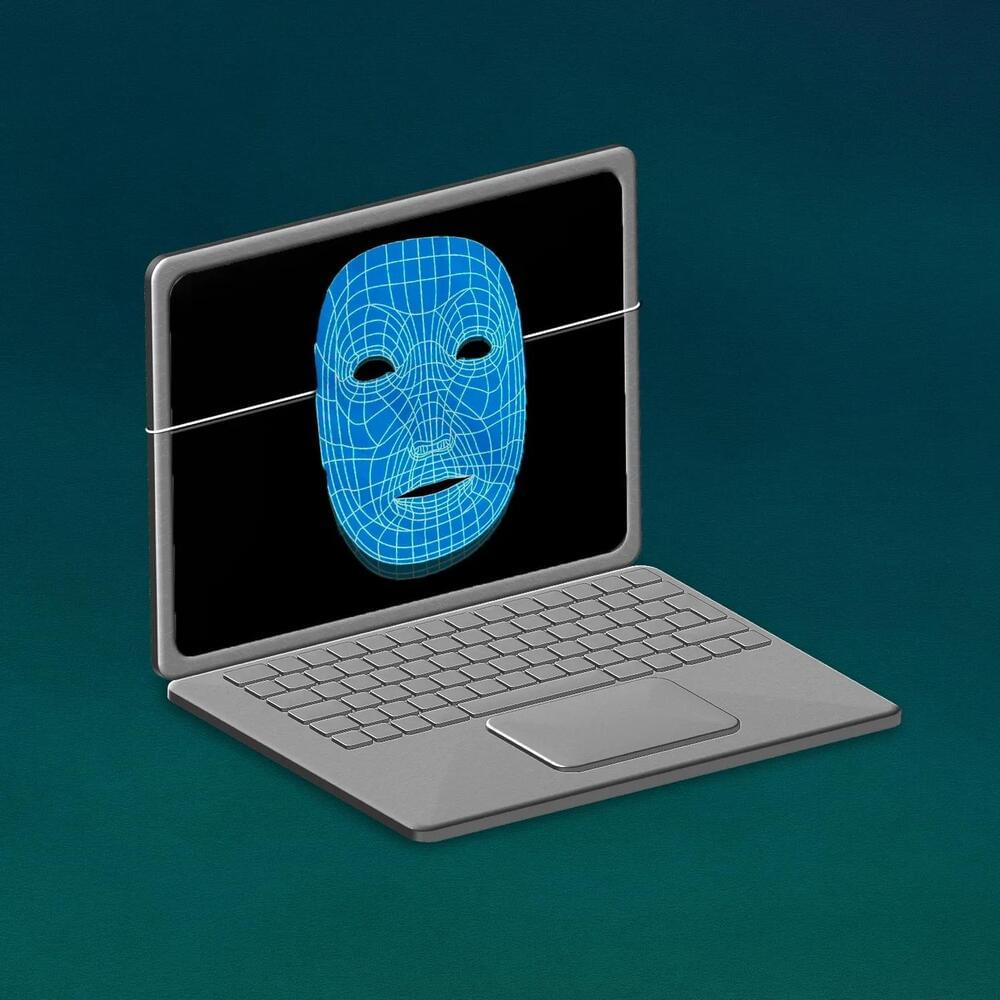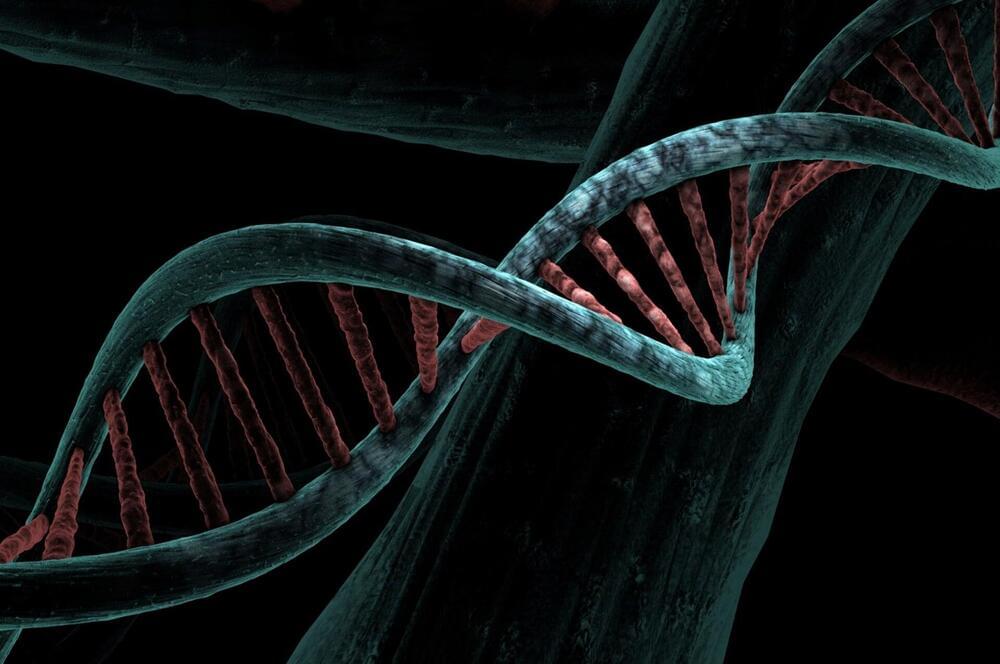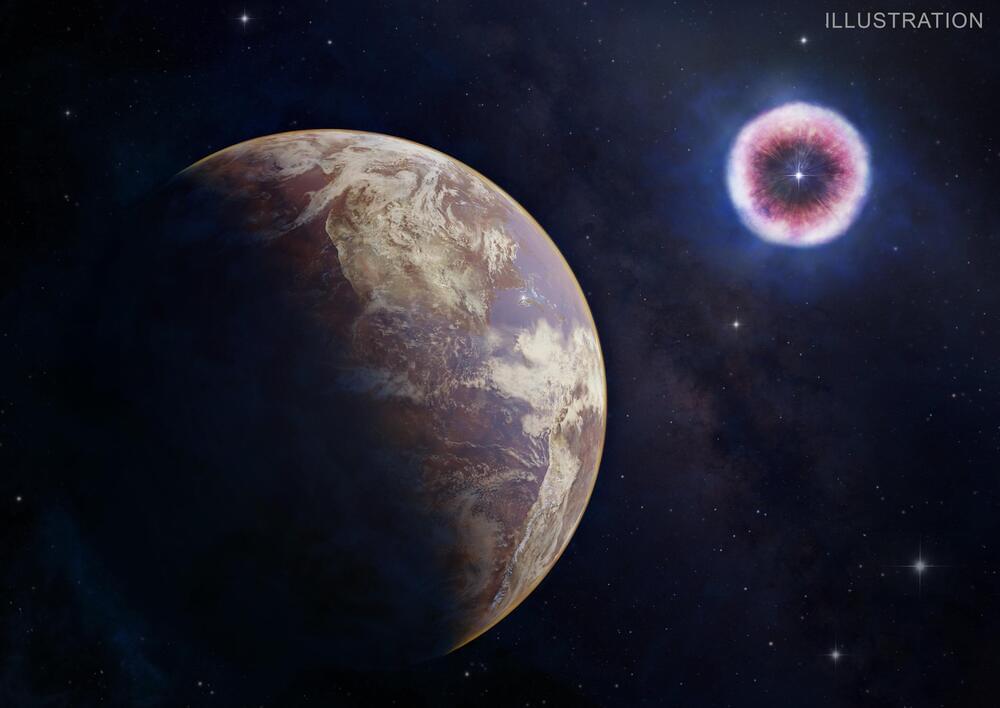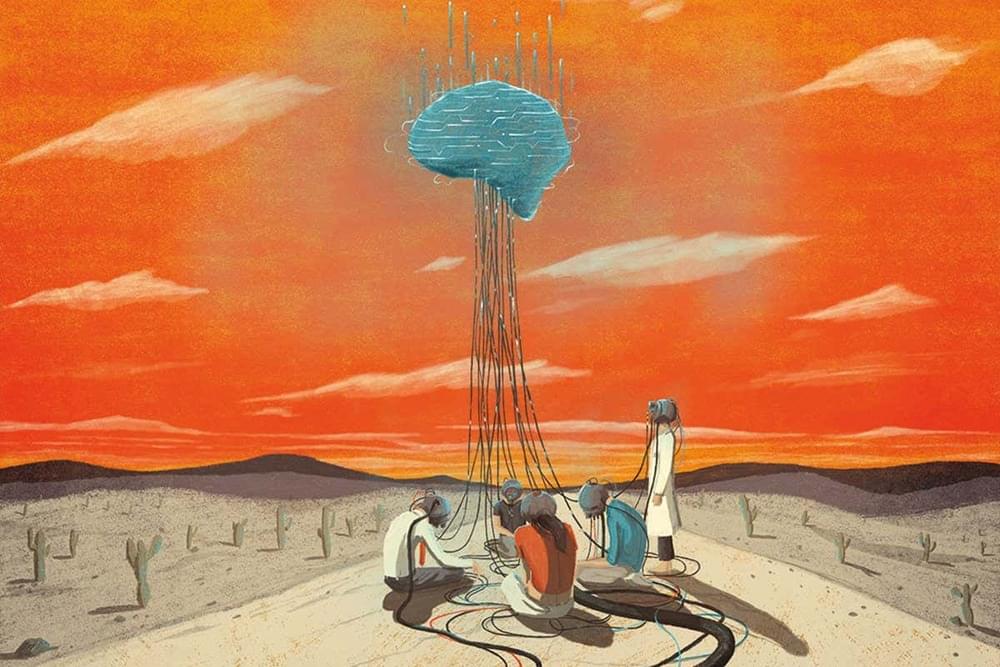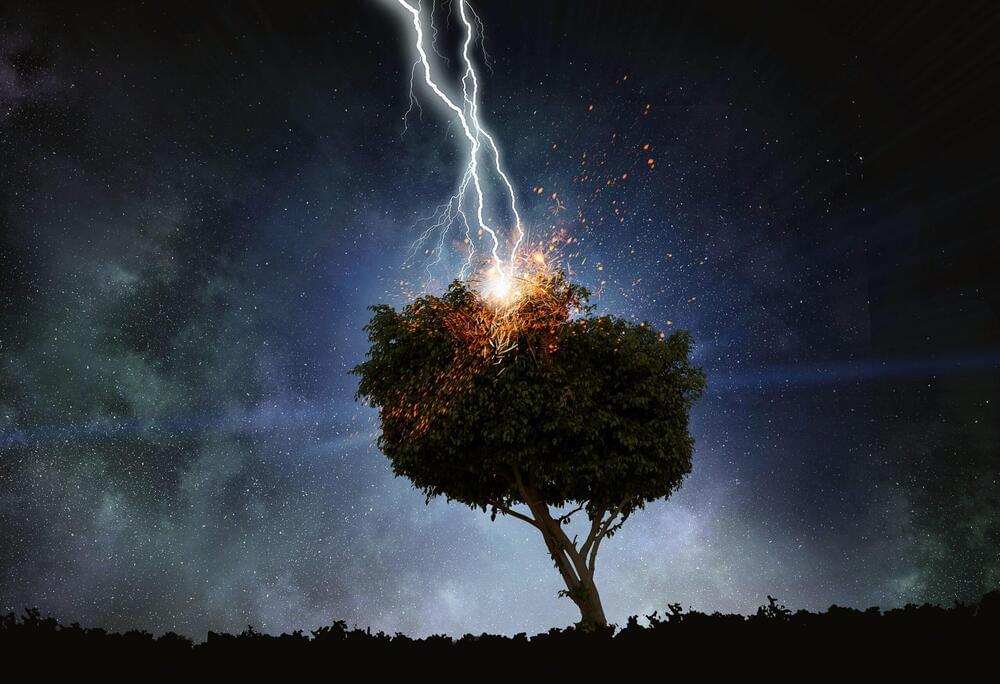Using Zoonomia’s data, researchers have also constructed a phylogenetic tree that estimates when each mammalian species diverged from its ancestors5. This analysis lends support to the hypothesis that mammals had already started evolutionarily diverging before Earth was struck by the asteroid that killed the dinosaurs about 65 million years ago — but that they diverged much more rapidly afterwards.
Only the beginning
The Zoonomia Project is just one of dozens of efforts to sequence animal genomes. Another large effort is the Vertebrate Genomes Project (VGP), which aims to generate genomes for roughly all 71,000 living vertebrate species, which include mammals, reptiles, fish, birds and amphibians. Although the two projects are independent of one another, many researchers are a part of both, says Haussler, who is a trustee of the VGP.
